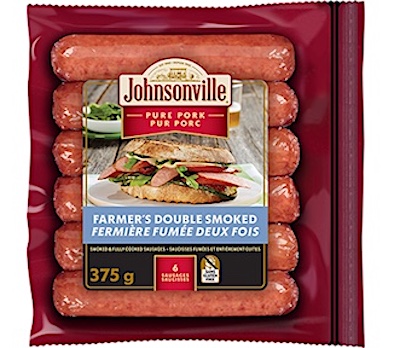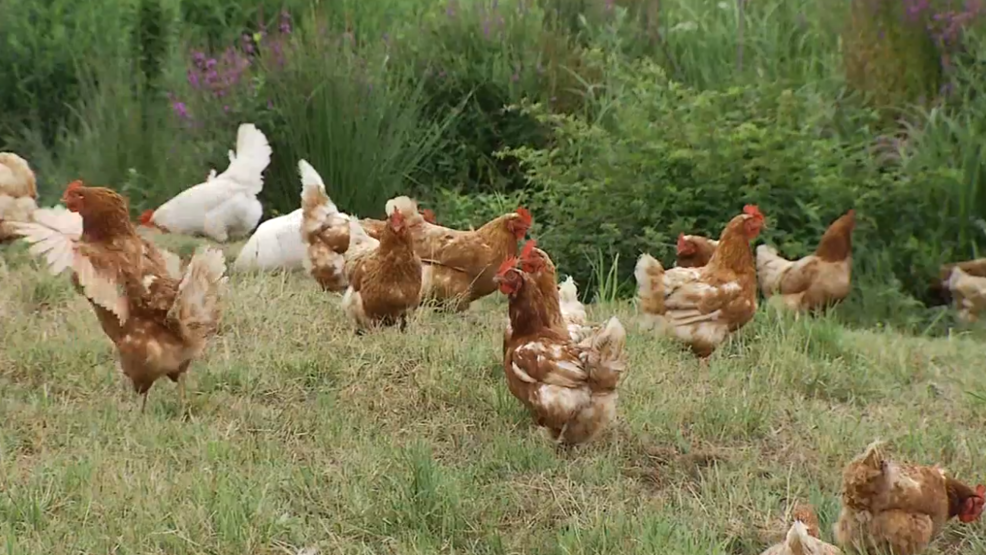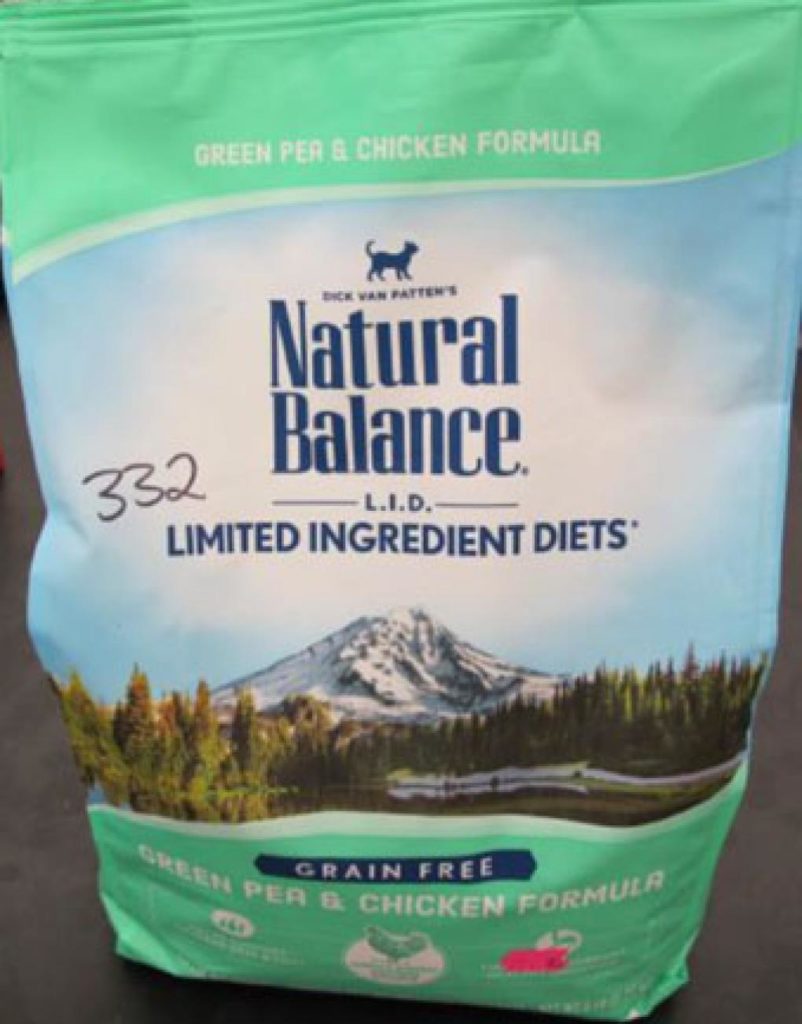According to the CFIA, Johnsonville LLC(Sheboygan Falls, Wisconsin) has recalled batch/lots of Johnsonville branded Smokies Doubles Smoked Sausages and Johnsonville branded Smokies Smoked Cheddar Sausages from the Canadian marketplace due to suspected spoilage by molds. These Smoked Sausage products were distributed and sold in the Canadian provinces of New Brunswick, Newfoundland and Labrador, Nova Scotia, Ontario, and Prince Edward Island. @ https://healthycanadians.gc.ca/recall-alert-rappel-avis/inspection/2021/75653r-eng.php
ruth
Johnsonville brand Smokies recalled due to mould
ruth
The CDC and public health officials in several states investigate multistate outbreaks of Salmonella infections linked to contact with backyard poultry. By May 20, 2021, 163 people were infected with one of the outbreak strains reported from 43 states. 34 people were hospitalized. No deaths have been reported. One-third of sick people are young children under 5 years. WGS showed that bacteria from sick people’s samples are closely related genetically. Backyard poultry is a known source of Salmonella, and therefore the actual number of infections is probably much higher. @ https://www.cdc.gov/media/releases/2021/s0520-salmonella-infections-backyard-poultry.html#:~:text=CDC%20and%20public%20health%20officials,No%20deaths%20have%20been%20reported.
CDC public health news, press releases, government public health news, medical and disease news, story ideas, photos.
ruth
The FDA announced that Natural Balance Pet Foods, Inc. (San Diego, CA) recalled cat food products due to possible contamination with Salmonella. The contamination was discovered from a routine surveillance sample from the Minnesota Department of Agriculture. Products were distributed nationwide in the US via both retail and online distribution. No customer complaints or illnesses have been reported to date, and no other Natural Balance Pet Foods, Inc. products are impacted by this recall. The affected products are 5 LB and 10 LB bags, Natural Balance LID. Limited Ingredient Diets Green Pea & Chicken Formula Dry Cat Food. @ https://www.fda.gov/safety/recalls-market-withdrawals-safety-alerts/natural-balance-pet-foods-inc-voluntarily-recalls-lid-green-pea-chicken-dry-cat-formula-possible?utm_medium=email&utm_source=govdelivery
Natural Balance Pet Foods, Inc. of San Diego, CA, is voluntarily recalling the cat food products listed below due to possible contamination with Salmonella. This was discovered from a routine state surveillance sample from the Minnesota Department of Agriculture.
Products were distributed nationwide
ruth
The FDA announced that Interstate Food Products of Lakewood Colorado, recalled its 14-ounce containers of Little Hatches Jalapeno Cream Cheese because they have the potential to be contaminated with Listeria monocytogenes. The recalled Little Hatches Jalapeno Cream Cheese was distributed in 6 Whole Foods stores in the Denver Colorado Metro area. No illnesses have been reported to date in connection with this problem. The potential for contamination was noted after routine testing by the FDA revealed the presence of Listeria monocytogenes in 14-ounce packages of Little Hatches Jalapeno Cream Cheese. @ https://www.fda.gov/safety/recalls-market-withdrawals-safety-alerts/interstate-food-products-recalls-little-hatches-jalapeno-cream-cheese-because-possible-health-risk
Interstate Food Products of Lakewood Colorado, is recalling its 14 ounce containers of Little Hatches Jalapeno Cream Cheese because they have the potential to be contaminated with Listeria monocytogenes, an organism which may cause serious and sometimes fatal infections in young children, frail or




